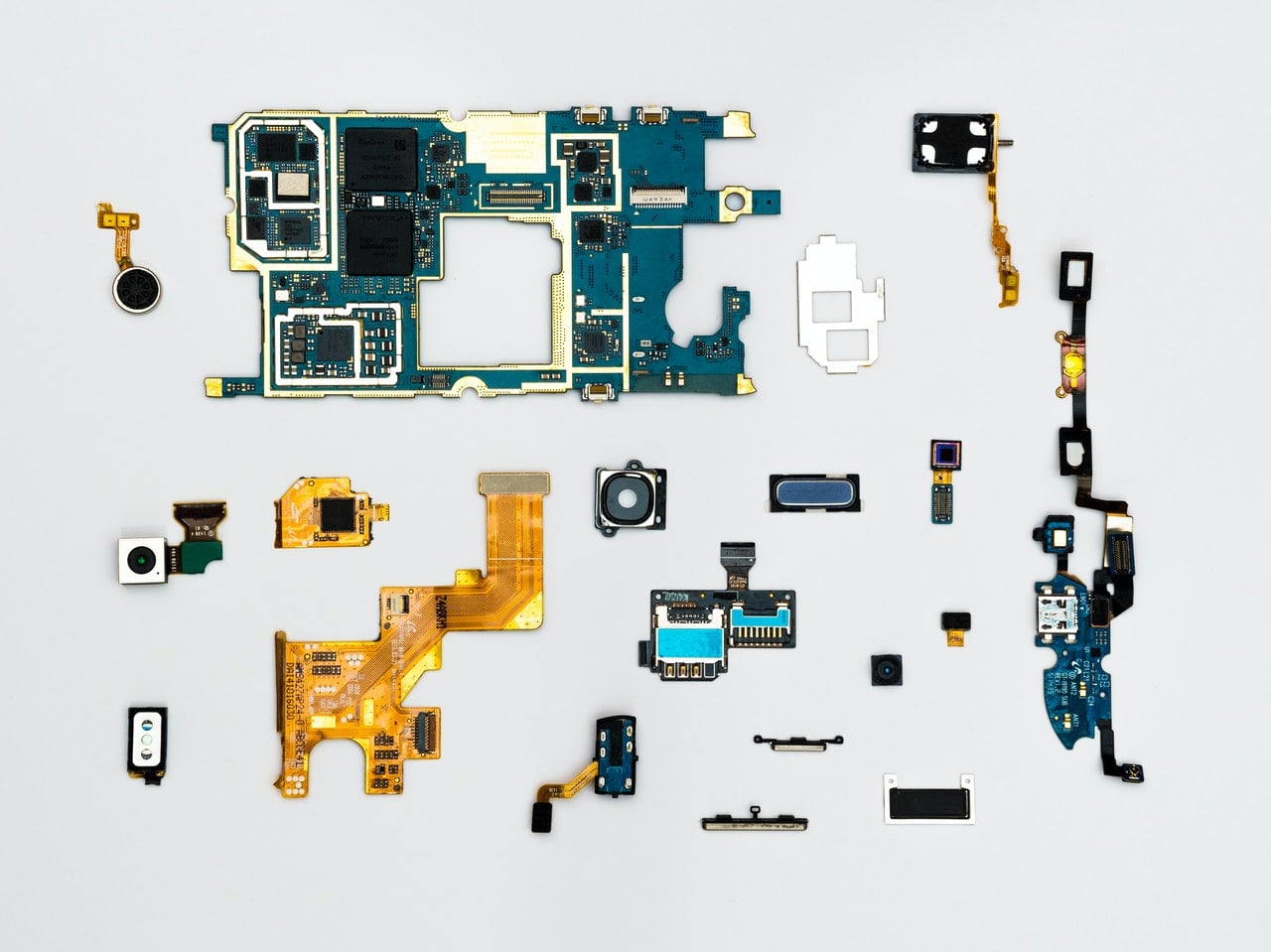An oil pressure gauge is a critical component in any vehicle or machinery that relies on an internal combustion engine. It provides vital information about the oil pressure, ensuring the engine operates within safe parameters. However, like any mechanical device, oil pressure gauges can sometimes malfunction or provide inaccurate readings. In this blog post, we will explore the various methods and techniques to effectively test an oil pressure gauge, ensuring its accuracy and reliability.
- Understanding the Basics:
Before diving into the testing process, it is essential to have a solid understanding of how an oil pressure gauge works. Familiarize yourself with the gauge's components, such as the sensor, sender unit, and gauge itself. This knowledge will help you identify potential issues and troubleshoot effectively. - Visual Inspection:
Begin the testing process by conducting a thorough visual inspection of the oil pressure gauge and its associated components. Look for any signs of physical damage, loose connections, or oil leaks. Ensure that the gauge is properly mounted and aligned. Addressing these issues beforehand can prevent inaccurate readings and gauge failure. - Manual Pressure Testing:
To test the accuracy of an oil pressure gauge, manual pressure testing is a reliable method. Start by disconnecting the oil pressure sender unit and attaching a manual pressure gauge in its place. Gradually increase the pressure using a hand pump while observing the readings on both the manual gauge and the oil pressure gauge. Compare the readings to determine any discrepancies. - Electrical Testing:
In addition to manual pressure testing, it is crucial to evaluate the electrical components of the oil pressure gauge system. Use a multimeter to measure the resistance across the sender unit's terminals. Compare the readings with the manufacturer's specifications to ensure they fall within the acceptable range. Faulty electrical connections can lead to inaccurate readings, so check for loose or corroded wires. - Diagnostic Tools:
Utilizing advanced diagnostic tools can provide a more comprehensive analysis of the oil pressure gauge's performance. OBD-II scanners can retrieve error codes and provide real-time data, allowing you to monitor the gauge's readings while the engine is running. This method helps identify intermittent issues and provides a more accurate assessment of the gauge's functionality. - Consultation with Experts:
If you encounter persistent issues or are unsure about the testing process, it is advisable to seek guidance from industry experts or professional mechanics. They possess the expertise and experience to diagnose complex problems and offer tailored solutions. Consulting with experts can save time, effort, and potential damage to the engine.
Conclusion:
Testing an oil pressure gauge is a crucial step in ensuring the proper functioning of an internal combustion engine. By following the steps outlined in this comprehensive guide, you can effectively diagnose and troubleshoot any issues with the gauge. Remember to conduct visual inspections, perform manual and electrical testing, utilize diagnostic tools, and seek expert advice when needed. By mastering the art of testing an oil pressure gauge, you can maintain the optimal performance and longevity of your engine.

